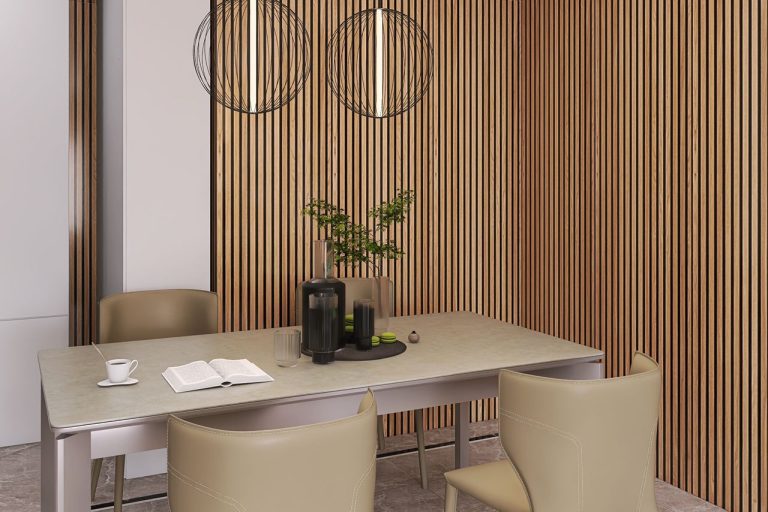Have you ever before wondered what the next steps should be when considering much better support and look after your liked ones? As people age, the demand for specialized living setups becomes even more apparent. If you’re exploring choices for elderly living, especially in the bustling city of Houston, comprehending what assisted living in Houston requires is essential. This guide will aid you browse the basics of assisted living in Houston, ensuring you make educated choices that finest fit your loved ones’ requirements.
What is Assisted Living?
Understanding Assisted Living
Assisted living communities give nurturing atmospheres where senior citizens can delight in self-reliance while obtaining support with everyday activities, such as bathing, clothing, movement, and medicine management. The main goal is to provide a comfy way of living while guaranteeing safety and security and well-being.
Trick Attributes of Assisted Living
Personalized Treatment: Citizens obtain customized care plans based on their unique requirements and preferences, enabling them to preserve self-reliance while getting essential assistance.
Social and Recreational Opportunities: Assisted living facilities offer a range of tasks to urge socialization and interaction, crucial for psychological and emotional health.
Medical Support: Accessibility to healthcare professionals and normal surveillance helps take care of locals’ health and wellness problems effectively.
Security and Protection: These facilities often include emergency situation call systems, kept an eye on entries, and secure properties made for residents’ safety and security.
Why Choose Assisted Staying In Houston?
Advantages of Houston’s Area
Vibrant Area: Houston is recognized for its diverse social scene, supplying senior citizens countless possibilities to involve with arts, songs, and neighborhood occasions.
Access to Top Quality Healthcare: The city is home to several of the nation’s top clinical facilities, making certain residents have superb healthcare choices nearby.
Mild Climate: The subtropical environment in Houston interest senior citizens who enjoy warmer temperature levels and spending quality time outdoors.
Factors to Think About When Selecting Assisted Living
Assessing Treatment Needs
Begin by assessing the level of treatment your enjoyed one calls for. Consider their ability to manage daily activities and support for wheelchair or medicine management.
Evaluating Facilities
See Several Communities: Touring numerous facilities in Houston will provide understandings right into the atmosphere, staff interactions, and general atmosphere.
Talk to Residents and Staff: Straight conversations offer honest point of views regarding the neighborhood’s staminas and potential areas for enhancement.
Financial Considerations
Cost is a substantial aspect when picking assisted living. Comprehending the rates structure, what solutions are consisted of, and any type of extra fees are essential for notified decisions.
Area and Accessibility
Take into consideration the center’s proximity to household and availability to public transport or significant highways, ensuring checking out is convenient.
Recognizing the Transition Refine
Preparing for the Relocate
Transitioning to aided living can be emotional for seniors and their family members. Here’s exactly how to relieve the procedure:
Entail Your Family Member: Encourage them to take part in decisions, such as choosing their space setup.
Strategy the Relocate: Gradually introduce them to the center with gos to prior to the action day to assist relieve stress and anxiety.
Pack Personal Items: Include preferred items like pictures and treasures to make the brand-new room really feel familiar.
Clearing up In
Once the action is full, help your loved one change by:
Urging Participation: Engage them in community tasks to build links.
Maintaining Communication: Routine telephone calls and visits offer convenience, enabling them to reveal problems.
Family members Participation
Preserving household connections is essential for the psychological health of seniors. Facilities commonly host family occasions and have versatile going to hours, making it convenient for relative to go to routinely.
Conclusion
Checking out assisted living choices in Houston might seem daunting, however comprehending the selections available can supply clearness and instructions. Houston’s dynamic area and superb medical care gain access to make it an appealing choice for senior citizens looking for independence and care.
By choosing a nurturing environment that stresses personalized treatment and neighborhood engagement, you’re boosting your liked ones’ lifestyle. If you prepare to discover assisted living in Houston, contact Holly Hall for customized help.

